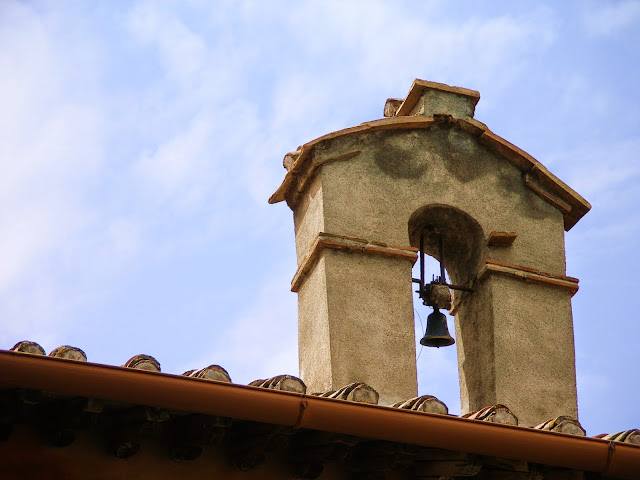Apart from agriculture, the main resources of Viterbo's area are pottery, marble, and wood. The town is home to the Italian gold reserves, an important Academy of Fine Arts, the University of Tuscia, and the Italian Army's Aviation Command headquarters and training centre. It is located in a wide thermal area, attracting many tourists from the whole of central Italy.
The city is home to the Church of St Rose of Viterbo, which was built, thanks to a bishop, in the middle of a temple dedicated to the Poor Clare nuns. In the mid-fourteenth century the temple was dedicated to the lady who later became the patron saint of Viterbo. The decoration of the building was commissioned to Benozzo Gozzoli, who in the mid '400 created a cycle of frescoes depicting episodes from the life of the saint. But, following the work of editing and enlargement of the church undertaken two centuries later, Gozzoli's work was lost.
Rose of Viterbo, T.O.S.F. (c. 1233 – March 6, 1251), was a young woman born in Viterbo, then a contested commune of the Papal States. She spent her brief life as a recluse, who was outspoken in her support of the papacy. Otherwise leading an unremarkable life, she later became known for her mystical gifts of foretelling the future and having miraculous powers. She is honoured as a saint by the Catholic Church.
The reconstruction of the nineteenth-century was inspired by the structure of the Renaissance church of S. Mary of Fortresses. The building, made entirely of granite, was completed in 1913 by Foschini, which added a new dome, larger and made of majolica, but no longer visible. The Church is located a short walk from the house where the saint lived and died. Inside the Church, lying in a catafalque of glass, you can see the mummy of St Rose. This is the body of a young, 20-year-old woman, which bears the signs of an embolism which probably was the cause of her death.
This post is part of the Spiritual Sundays meme,
and also part of the inSPIREd Sunday meme.











Quite an intriguing church, I enjoyed seeing it but I'm not sure how I feel about the mummified St. Rose in full view.
ReplyDeleteDiana
http://adifferentlenslens365.blogspot.co.nz/2015/05/kinkaku-ji-japan.html
Beautiful interior - mummy a bit off-putting, though!
ReplyDeleteLiz
Beautifull church...
ReplyDeleteWhere is this located at?
ReplyDeleteIt is in Viterbo, Italy. See: https://en.wikipedia.org/wiki/Viterbo
Delete